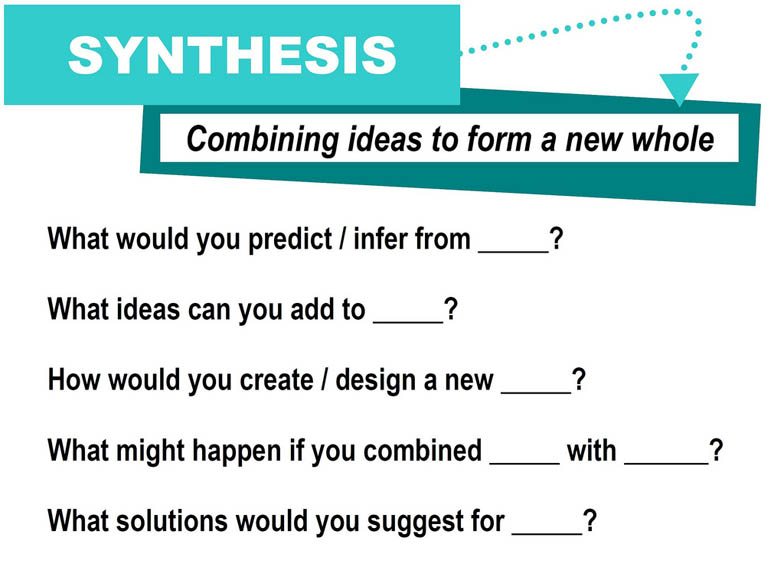
Brain-Based Learning Means Connecting Old Knowledge With New
by Judy Willis M.D., M.Ed., radteach.com
Building and retrieving memories takes place in stages through information encoding, storage in patterns of relational memories, and restimulating these neuronal pathways by review each time the memory is accessed and used.
Familiarity increases recall so students with memory-based learning difficulties can preview the coming lesson by skimming the new section in the book before class. In that way, when they hear the new terms they will have had at least one initial exposure to them. When recall seeing a word on the pages they previewed, even if they don’t remember any details or understand its meaning, just hearing the somewhat familiar term or procedure will increase activation in their cerebral cortex.
On MRI scans when the brain even recognizes a word, even without knowing its meaning, there is enhanced activity in the anterior left prefrontal, left parietal, and posterior cingulate regions. This previewing or priming front-loads or preheats the brain’s related memory patterns or categories and there is less stress from unfamiliarity when the lesson is taught.
Similarly, in class before the lesson if you write and say the new terms, important concepts, or major themes that will be taught that day in math, students’ associated and relational memories connected with the new information will be “on-line” and ready to be retrieved to the hippocampus for consolidation with the new information they encounter in the day’s class.
When you help students understand the terms and concepts being discussed throughout the lesson, they can devote more working memory to processing and analyzing ideas, making connections, and actively processing the new information and less working memory will be needed to simply decode new terms.
Similarly, when learning is reviewed by authentic incorporation in new learning, the storage circuits are reactivated. For example, each time a long division problem is done correctly there is practice of subtraction and multiplication. When learning is examined through follow up lessons using open-ended discussions, students are encouraged to seek multiple approaches to solving problems and to verbalize and communicate with classmates.
This provides opportunities for more student engagement. When classmates add new approaches to the problem solving, the other students extend their established, stored memory patterns and categories to incorporate the new insights.
When skills and facts are taught and practiced as part of solving complex, interesting, meaningful problems, the learning is richer; confidence and relational understanding develops in a context of meaning. By engaging students through personal interest and real world use of the procedures and rote memory facts that are the basis of future learning, they feel the learning is useful and worth their effort. When students see the value of what they are asked to learn they are motivated to build the foundations they need to achieve personally meaningful goals.
Knowing how memorizing multiplication facts so they become automatic helps student motivation because they understand why it is worth their effort to rehearse these facts until they are mastered.
Learning through inquiries and discovery is more motivating, successful, and less threatening when students know what basic arithmetic they need to know at the automatic level. When they participate in inquiries and investigations along with procedural learning they realize how having these tools easily accessible makes the investigations and problem solving more enjoyable and less threatening.
Their affective filters will open up to the pleasure of creative mathematics. Students with limited experience in the mental manipulation that builds relational memory will not build the skills of creative problem solving, concept development and communication, pattern recognition and predicting, and other forms of prefrontal lobe executive function cognition they need to use reason, logic, and extension of patterns and procedures for the daily complexities of life or the professional jobs of their future.
How This Might Look
Gain student interest with a provocative question and discussion about the coming unit. At the start of a unit, ask whole-class prediction questions that can be responded to at different, creative levels in personal journals. Once predictions are written down, students will be more invested in learning more about the topic to see if they are right.
Making predictions is a very safe type of “risk-taking behavior” that can stimulate the dopamine-pleasure response and encourage fearful or perfectionist students to take chances without the anxiety (amygdala stress) of being wrong.
Emphasize that predictions don’t have to be right. They are an opportunity to pose questions and see what the outcome is.
Their brain will thank you for it.
Stigler, J. & Hiebert, J. (2004). Improving mathematics teaching. Educational Leadership, 61(5), 12-17; this article was excerpted from a full article that was first published in STEM Magazine; image attribution flickr user flickeringbrad; image attribution flickr user woodleywonderworks and helloliteracy.com

